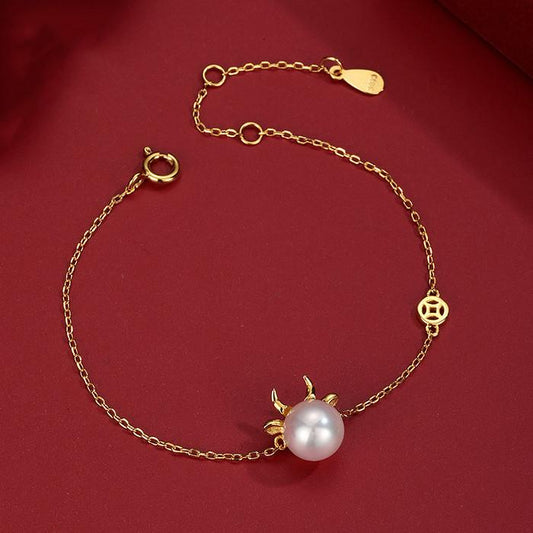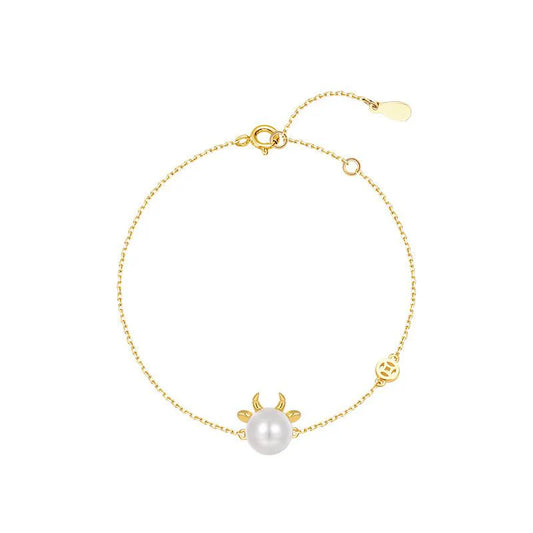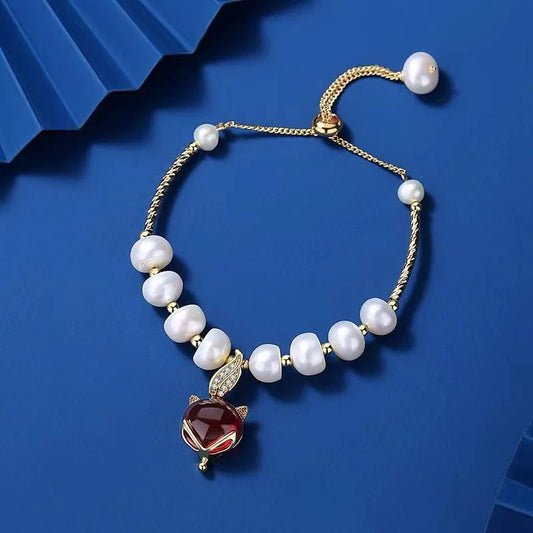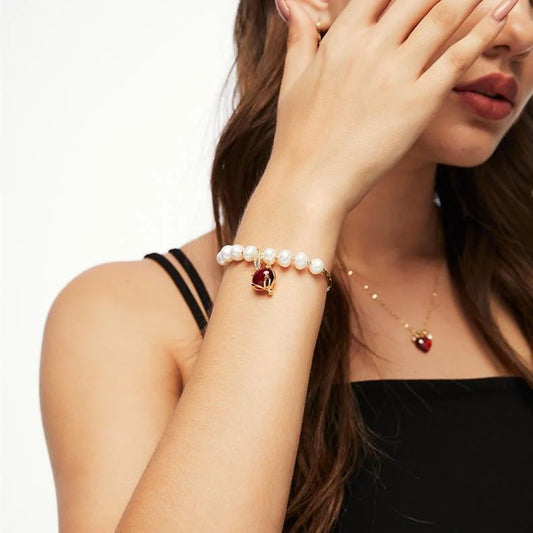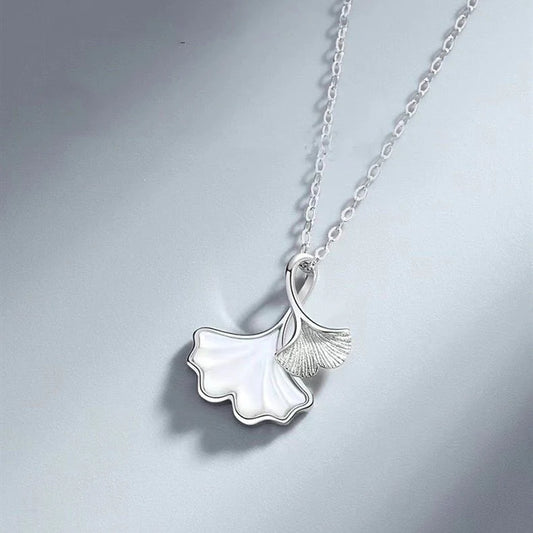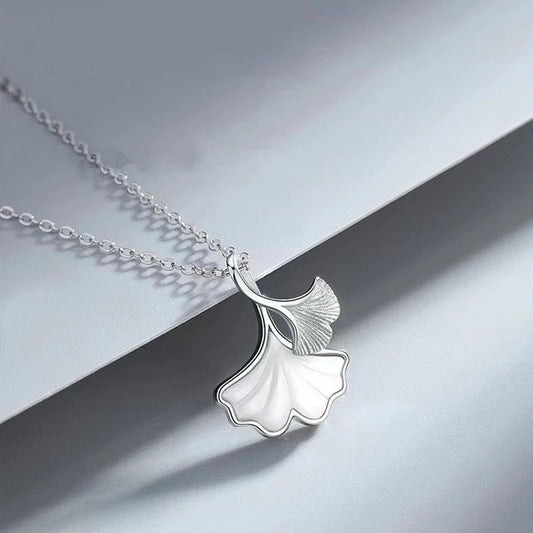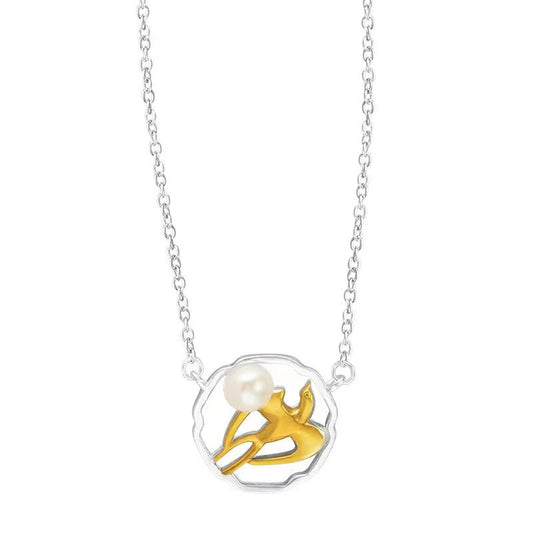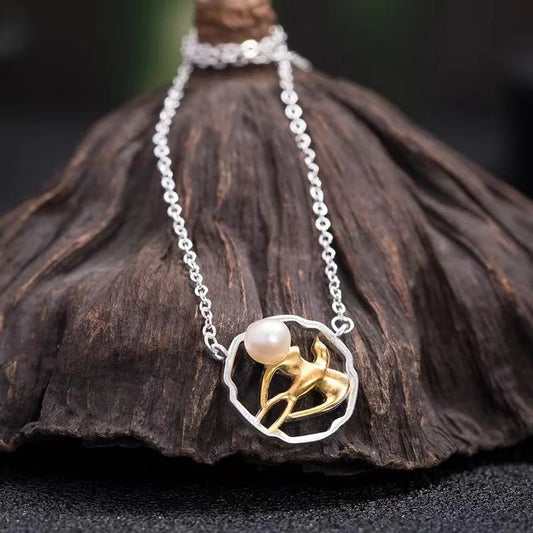Although many view jewelry as nothing more than an accessory to complement one's outfit and the occasion, the truth is that each pearl holds its own significance in Feng Shui. It is important to understand the implications of each pearl before choosing the perfect match.
According to traditional Chinese culture, there are five elements that categorize all things: metal, wood, water, fire, and earth. These elements provide a balanced energy that creates a "Five Element Energy Protection Field" which is believed to protect humanity. External objects are necessary to balance this energy and not only ward off evil and calamities but also enhance physical energy, magnetic fields, wisdom, and ultimately lead to a successful and happy family life.
Pearls are traditionally known in Western folklore as the gemstones of the moon goddess, believed to be formed from her tears falling into oyster shells. Throughout history, they have been revered for their protective properties and are even depicted in Indian mythology as possessing powerful protective powers. Across cultures, pearls represent purity, peace, honesty, wealth, health, and beauty. Their luster, roundness, elegance, and purity have earned them the title of "queen of gemstones" in the eyes of the international gemstone community. Furthermore, they are considered to be a lucky stone for those born in June, as well as a commemorative stone for the thirteenth and thirtieth wedding anniversaries. From ancient times, pearls have been highly admired, and are a must-have for any elegant and noble woman.
In Chinese culture, pearls were commonly given as wedding gifts to represent perfection and completeness. Legend has it that wearing pearl earrings could control a husband's actions and prevent him from being tempted by other women, while wearing a pearl ring on the index finger could bring success and blessings for safety in all endeavors.
When exploring Feng Shui and divination, remember the importance of Qi and water as complementary elements. Water acts as the source of Qi and promotes wealth and prosperity. Pearls are considered a symbol of abundance, fostering fulfillment, smoothness, peace, and success. Wearing round and lustrous pearls can bring about good luck in all aspects.

Pearls represent gentleness and charm.
They convey a demeanor of grace, elegance, purity, and sophistication. The purity, vitality, softness, and reserve contained within symbolize a woman's inner beauty. Single women wearing pearls signify inner peace, purity, elegance, and charm, exuding a special aura that can captivate the hearts of others.
Pearls represent happiness.
By wearing pearls, you can illuminate occasional shadows in life, just like the bright sun, bringing perpetual clarity. As the birthstone for June, pearls symbolize a happy life, harmonious family relationships, and longevity. They are also the commemorative gifts for the 13th and 30th wedding anniversaries, symbolizing the harmony and longevity of marriage.
Pearls represent abundance.
Wearing pearls portrays a sense of wealth and harmony with its glossy shine and curved shape. The fullness of pearls represents success, abundance, and fulfillment, making it a beneficial charm to have for attracting fortune and prosperity. Whether worn casually or for special occasions, pearls elevate one's temperament and bring joy to any endeavor.
Pearls symbolize nobility and elegance.
Dressing a plain women's dress or coat with pearls is known to elevate its elegance. Pearls are also believed to improve complexion and enhance beauty, signifying virtue and nobility. Their unique qualities are believed to bring prosperity, happiness, and good luck to women.
Pearls symbolize power.
Pearls have long been a treasured gemstone, coveted by both historical royalty and present-day celebrities and elites. They are highly sought after by current politicians, dignitaries, and affluent individuals as part of their collections. When given as a gift in social interactions, pearl jewelry symbolizes goodwill towards female clients or business partners and wishes for their career success. This gesture not only conveys respect and understanding but also brings great satisfaction. One of the jewels in Queen Elizabeth's collection, which was once owned by the Russian Duchess Vladimir, originally came from Russia as she was a princess of Mecklenburg. In 1921, Queen Mary added this crown to her collection, and occasionally Queen Elizabeth adorns it with emeralds instead of pearls.
Teardrop-shaped pearls are categorized as highly watery objects in the Five Elements classification, making them ideal for improving the fate of those lacking water and drawn to it. The elegant teardrop shape perfectly embodies this meaning, creating a visually appealing and accessible appearance, making it a perfect accessory for water lovers.

The Feng Shui Guides Of Wearing Pearls
Avoid being enclosed:
To prevent pearls from turning yellow, avoid storing pearl jewelry in a sealed box for extended periods. It's important to regularly air out pearl jewelry, even when not in use, to keep them at their best condition.
Avoid heat:
Finally, pearl jewelry's quality is easily impacted by heat. To maintain its condition, avoid exposing it to direct sunlight and store it wrapped in a clean, soft cloth.
Avoid water:
Pearls have a natural affinity for water, but pearl jewelry is specially designed to resist it. For this reason, it is important to avoid wearing pearl jewelry while swimming, bathing, or exercising to prevent any damage. Exposure to water can potentially cause the layers of pearls to separate, leading to damage.
Avoid scratching:
Take note: Pearl jewelry is delicate and can easily be damaged by hard objects. To avoid scratches, always keep it away from sharp items.
Avoid contamination:
It is advised to refrain from wearing pearl jewelry while cooking or applying makeup, as it is highly reactive to acids and alkalis. Additionally, it is important to keep pearl jewelry away from perfume and nail polish to ensure its longevity.

Precautions for Wearing Pearls:
1. Keep Away from the Kitchen:
Pearls possess small pores on their surface, rendering them vulnerable to absorbing pollutants from the air. These substances can include aerosols and perfumes, so it is best to refrain from wearing pearls when using hair spray and to exercise caution in the kitchen. Avoid wearing pearls while cooking, as steam and oil fumes can seep into the pearls, causing discoloration.
2. Allow Air Circulation:
Avoid keeping pearls in a safe deposit box or sealed plastic bags for long periods of time. It is important to provide fresh air circulation for pearls, so remember to take them out every few months to prevent them from yellowing.
3. Regular Inspection and Re-stringing Every 3 Years:
Regularly checking the tightness of silk threads and considering restringing pearls every 1 to 3 years is recommended. The frequency of restringing can vary based on how often the pearls are worn, as dirt can cause friction and potentially lead to broken nylon threads near the clasp.
4. Avoid Acid Erosion:
To maintain the shine and hue of pearls, it is recommended to keep them away from acids, alkalis, and other chemicals like perfumes, soaps, and hairspray. Avoid wearing pearl jewelry while swimming or bathing and instead, consider putting them on after applying makeup.
5. Avoid Direct Contact with Water:
Avoid using water to clean pearl necklaces as it can seep into the small pores of the pearls, resulting in difficulty drying and potentially causing fermentation which can turn the pearl thread green. If you tend to sweat while wearing pearls, simply wipe them gently with a soft damp cloth and let them air dry before storing them in a jewelry box. To restore yellowed pearls, soak them in diluted hydrochloric acid to dissolve the discolored outer layer and bring back their dazzling color. However, if the discoloration is severe, it may be difficult to reverse.
6. Prevent Scratches from Hard Objects:
To protect the delicate surface of your pearls, it is best to store them separately from other jewelry pieces. If you plan to wear a pearl necklace over clothing, opt for garments made of soft and smooth fabrics to avoid any potential scratches. It is important to handle your precious pearls with care and avoid rough materials that could damage them.
7. Avoid Sun Exposure:
In order to maintain their moisture, it is important to keep pearls in a cool, shaded area and avoid exposing them to direct sunlight or excessively dry environments that could lead to dehydration.
8. Avoid Wearing Pearls in Summer:
In warmer climates where the body perspires heavily, wearing pearl necklaces is not recommended. For cleaning, use a soft, damp cloth to wipe the pearls and then let them air dry before storing. Avoid using cleaning products, exposing pearls to sunlight or heat, storing them with mothballs, or keeping them in bank safety deposit boxes for long periods of time.
The upkeep of pearl necklace jewelry is best approached proactively instead of hastily. Adhering to these principles is not a challenge and only requires a mindset of valuing pearls and attending to maintenance, guaranteeing that pearls maintain their durability, glossy appearance, and lasting vitality.

The Symbolism of Pearls:
1. Pearls hold significant meanings such as "cherish," "treasure," "true love," and "preciousness." Whether worn by a woman or given as a gift, they are the ultimate blessing for women.
2. When it comes to jewelry, pearls are often referred to as the "queen of jewels" due to their timeless beauty and elegance. Additionally, pearls hold a significant cultural and spiritual meaning, representing good health, longevity, and good fortune. In fact, in Buddhism, pearls are considered one of the seven treasures.
3. In Western culture, June birthstones are often pearls, representing qualities such as health, wealth, vitality, and purity. Meanwhile, in the East, they are known as the "gem of the moon," with the belief that they can improve memory, enhance mental abilities, and strengthen friendships.
4. Pearls possess a concentric circle structure, representative of both familial unity and supreme contentment.
5. Pearls are formed over time through a process of refinement by mollusks. They represent the significance of motherhood, making them the perfect present for mothers and encapsulating hopes for their overall health, contentment, and prosperity in life.

Pearls possess the "Five Virtues."
One virtues: Endurance
Similar to women who endure a ten-month pregnancy to give birth, pearls also require patient cultivation in the depths of the water, within their enclosed shell, for years on end. From the initial three years of nurturing the pearl oyster to the at least two years of pearl growth, enduring pain and loneliness for up to five years is crucial for the accumulation of pearl essence. This endurance is necessary for the eventual emergence of dazzling brilliance and beauty.
The acquisition of noble qualities is achieved through tempering, including the accumulation of experience, adherence to beliefs, and enduring hardships. These efforts are essential for personal growth and development.
Two virtue: Tolerance
For the pearl oyster, the intrusion of a grain of sand can be a painful and disruptive experience. However, instead of expelling the grain of sand, the oyster chooses to tolerate it and allow it to become part of its body. This ultimately results in the growth of stunning and exquisite pearls.
The pearl oyster experiences pain when a grain of sand enters its shell, but this discomfort leads to personal growth and the pursuit of new goals, similar to the concept of "repaying enmity with virtue." Despite this hardship, the most magnificent aspect of its life is brought forth. Both pearl oysters and humans share the ability to accommodate and nurture new life with loving care. Accommodation is essential for the birth of new life and without it, life would lack excitement and purpose. Without accommodation, one's life would be mundane and unremarkable, lacking the brilliance and splendor that comes with the willingness to adapt.
The concept of "tolerance" greatly influences the exceptional experiences of women.
Three virtues: Wholeness
Pearls are a symbol of a woman's roundedness and restraint, encapsulating a deep love for life. Their form, made of concentric circles, is smooth and complete. To produce a single pearl, thousands or even tens of thousands of layers of pearl essence must be tightly fused, resulting in a seamless creation. These pearls maintain their round shape as they grow, constantly pursuing perfection. This formation is due to their core, growing concentrically and ultimately leading to completion.
Four virtues: Cultivation
Pearls, like women, dedicate their entire lifespan to refining their character and appearance. All external changes are the outcome of internal refinement. Not only are they graceful and lovely on the outside, but their composition also offers health and beauty benefits. They serve as both jewelry for enhancing beauty and as natural health products. The refining process involves extracting the essence of nature, resulting in 18 amino acids and over 20 trace elements. These elements are carefully structured and revered by ancient medical practitioners for their potential to promote longevity.
Five virtues: Moisture
Women, much like pearls, possess a charming beauty combined with a sense of modesty. Not possessing the same brilliant shine as diamonds or flamboyance as gold, they exude a refined and subtle grace. Their exterior may seem soft and delicate, but their inner strength is undeniable in comparison to the fragility of diamonds or other inorganic materials. The pearls are cultivated in the depths of darkness and nourished by water while being nurtured within living organisms. This allows them to absorb the pure essence of the sea and harness the energy of the sun and moon, resulting in a remarkable luster. When exposed to natural sunlight, these pearls display a delicate iridescence, making them truly elegant and regal.












